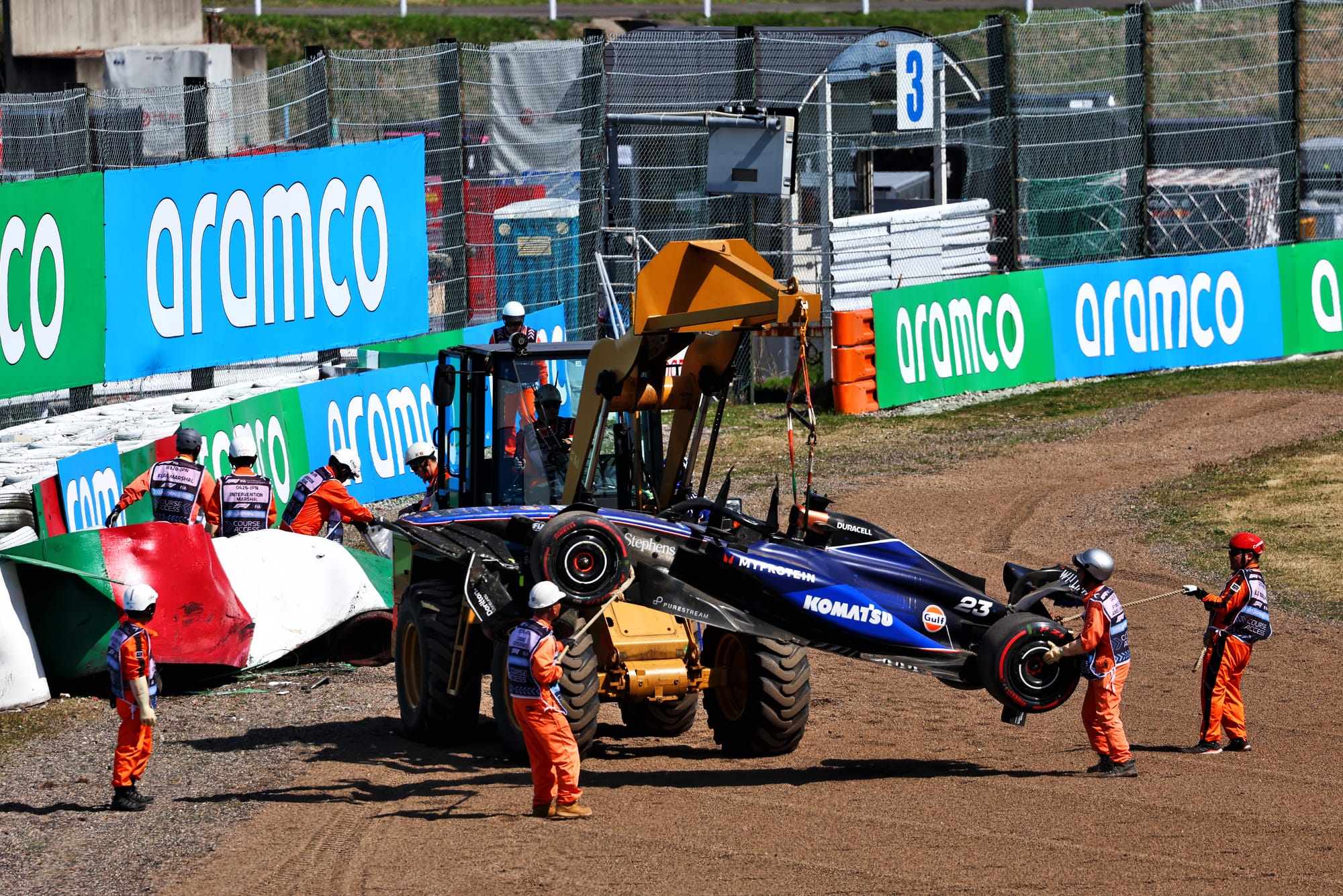Up Next

Mercedes qualified seventh and ninth for Formula 1's Japanese Grand Prix - and that's exactly where its cars finished after failing to make progress on Sunday.
But was that because of an ill-advised strategy or evidence of how much trouble the team is in this year? And just how worried should Mercedes be by its current predicament?
Our writers give their verdict:
There's a baseline - but a lot to prove
Scott Mitchell-Malm
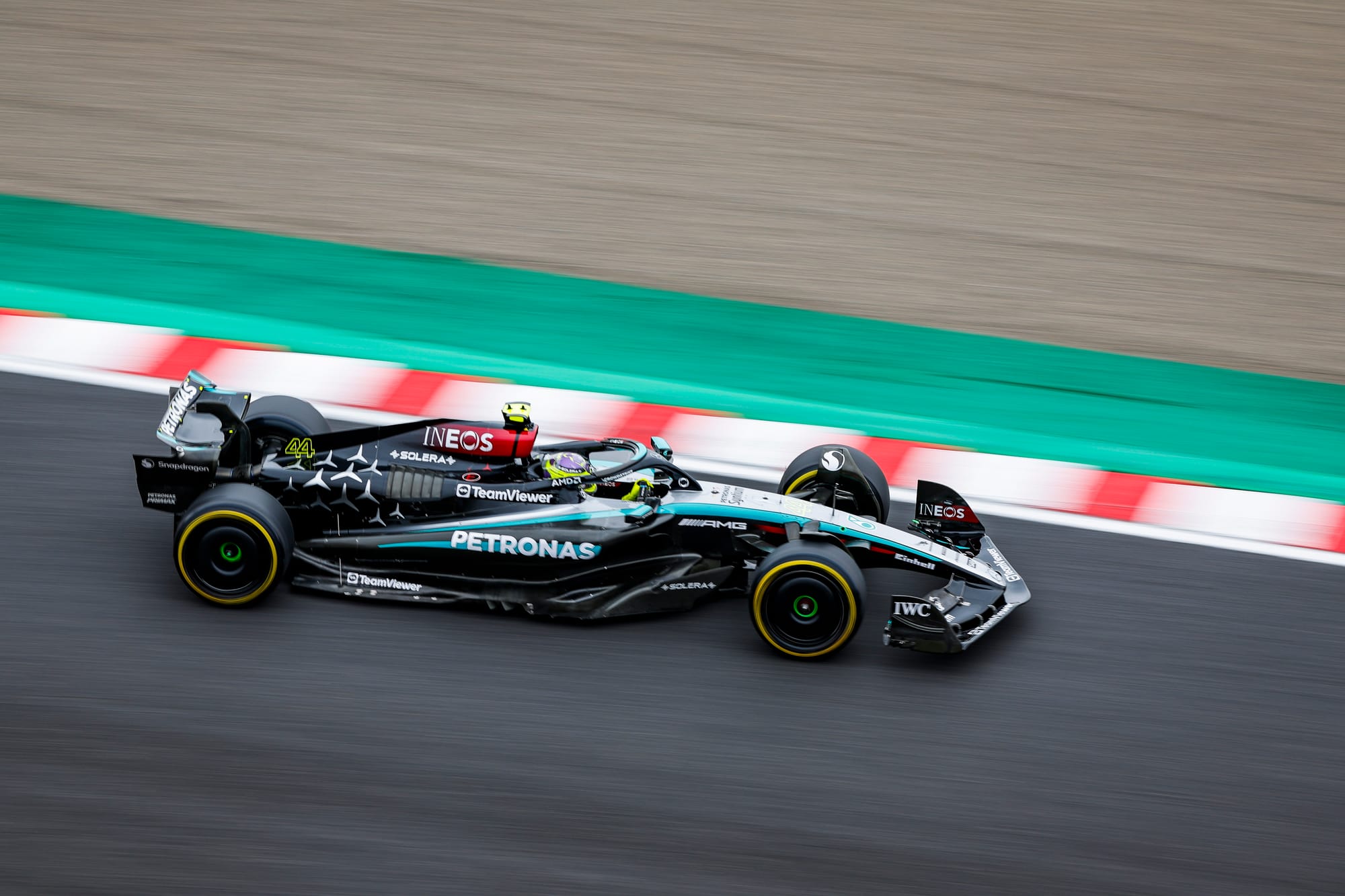
This was another Mercedes weekend with promise that faded into a mediocre result. And although there is still a feeling of encouragement in the team - which you may contest, but it is still evident after this weekend - there is also a recognition that it is, in terms of short-term targets and realistic prospects, not what it once was.
Toto Wolff told us after the race that Mercedes is now in a rebuild phase. It has to accept that three years into a ruleset that things still aren’t working out. And he also accepted Red Bull is out of touch.
Instead, all Mercedes can aim for is McLaren and Aston Martin and eventually Ferrari. Which may seem obvious to many watching but it reflects the reality of the team's situation. And if nothing else means it is not kidding itself about what 2024 has in store.
Why still encouragement with all this in mind, then? Because the car behaviour seemed to be better this weekend even in an uncompetitive race. Maybe Mercedes understands its problems now and has a better control of the tyre performance that has previously been hurting its potential by overworking the rear axle.
But if that is the case, then this is where Mercedes is: fourth or fifth best. At least on a track like Suzuka.
And even if this is now a proven, known baseline, the next challenge is then going to be proving it can actually add a lot of performance. Because it is a lot that’s needed.
Some positive signs
Edd Straw
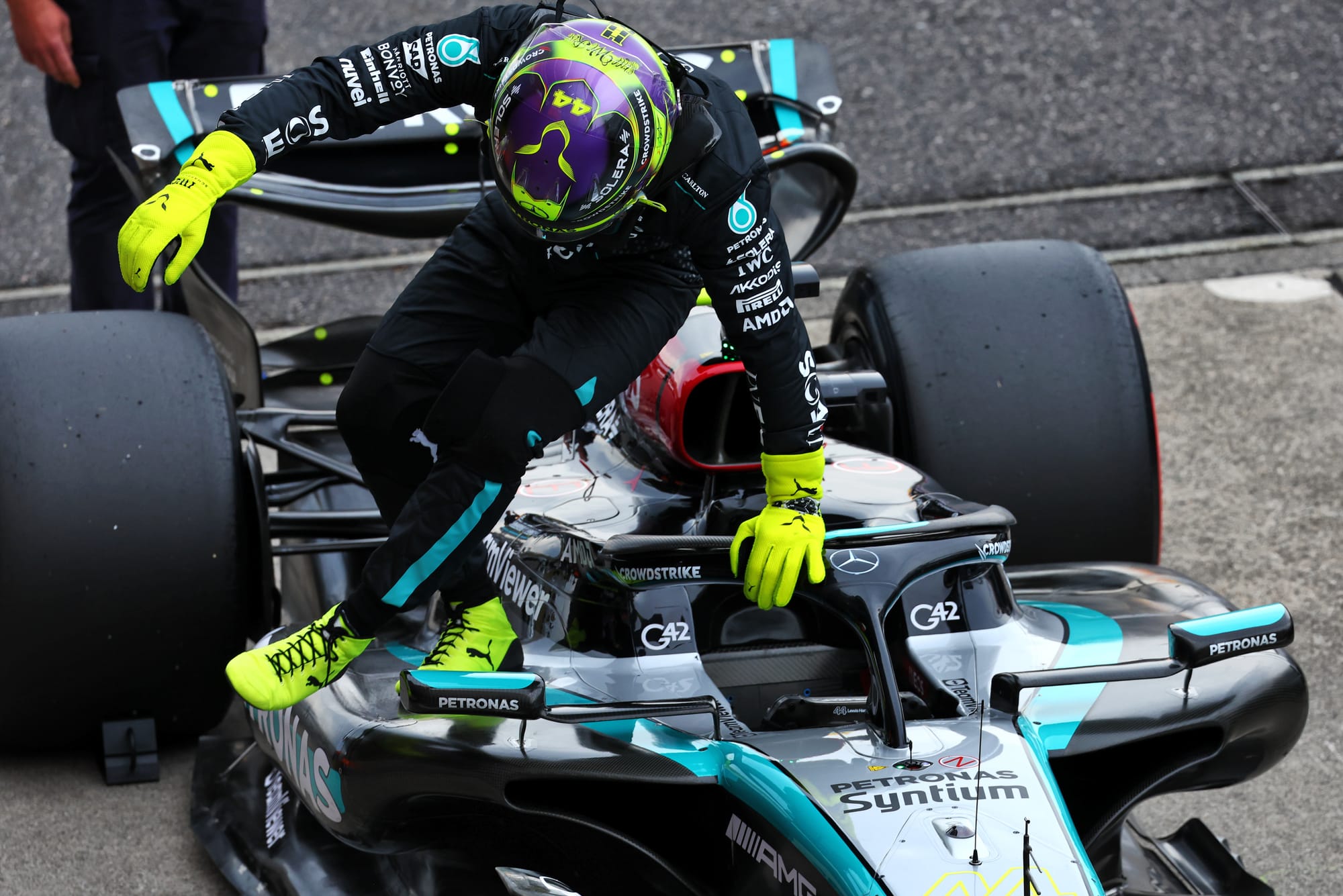
Suzuka was gently encouraging for Mercedes. The early races were enormously concerning and while Mercedes is still well short of where it wanted to be at the start of 2024 there are now at least signs it's getting to grips with the car.
Progress with managing the tyres in terms of the balance between front and rear axle suggested gains have been made on that score, even though the car is still at a downforce disadvantage.
What's more, in qualifying at least, Lewis Hamilton was vastly more comfortable with the car after his patchy start to the season, suggesting that he's at least convinced Mercedes is going in the right direction.
The pace deficit is still far too big, but that was known before Suzuka. What Mercedes at least proved is it has understood some of its weaknesses and tackled problems, which raises the possibility that it can build on that. And doing so at a track that was so bad for it last year is something - even if it's far from enough.
Simply not good enough
Glenn Freeman
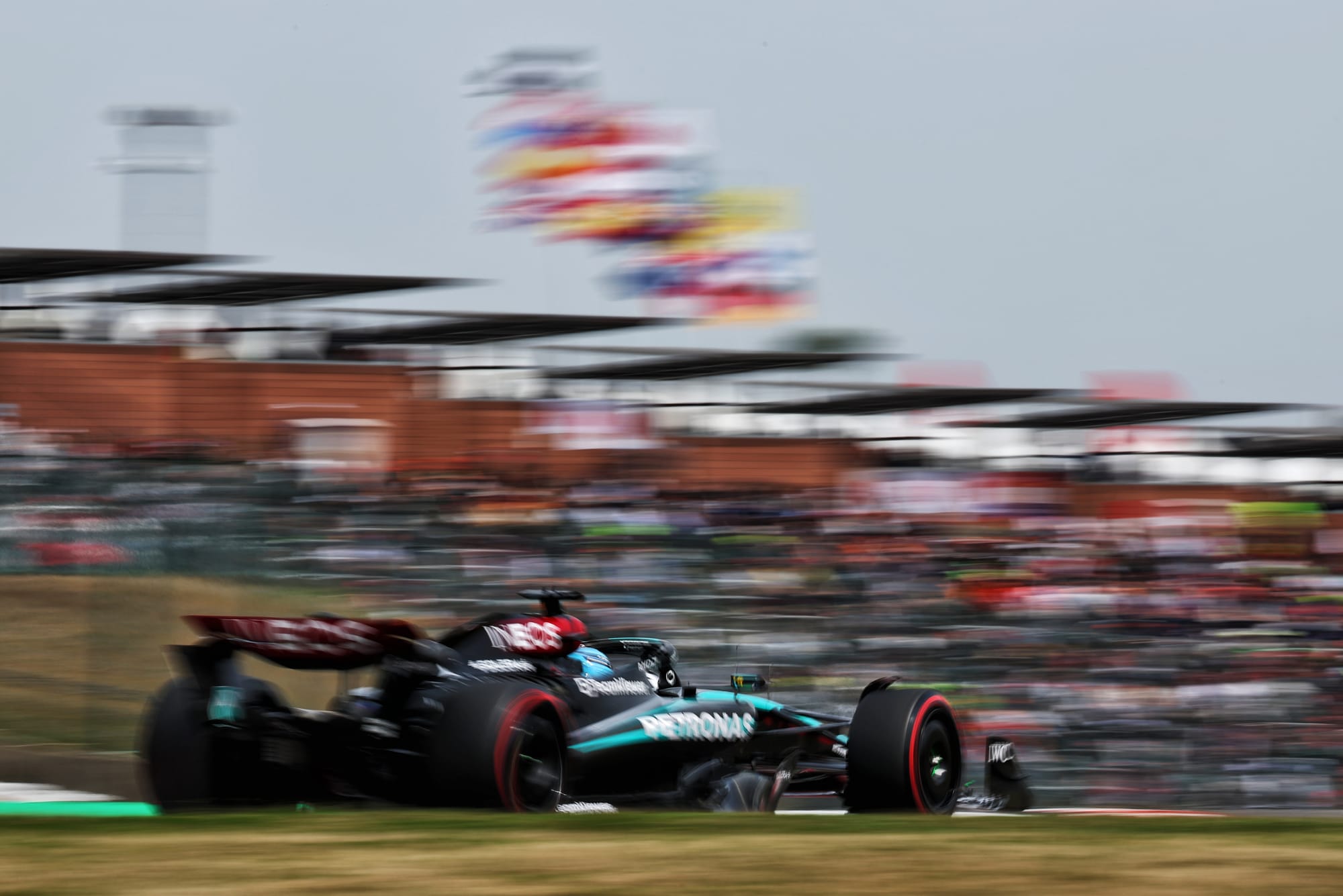
Perhaps Mercedes has made a genuine breakthrough with its understanding of this car, and maybe that's been disguised at one of its weaker tracks, but that's still not enough to put a positive spin on a car that simply isn't good enough.
The margins are incredibly fine in the top 10, so you can pay a hefty price in terms of the positions behind Red Bull and Ferrari for a small misjudgment or underperformance.
But Mercedes' cars shouldn't be qualifying and finishing seventh and ninth.
If the team has finally found a solid footing to get started with on this car, then OK. But there's still the small matter of adding a significant amount of performance to it, and there's little evidence from the last three cars Mercedes has produced to suggest we should have a huge amount of faith in this team knowing what needs to come next.
An all too familiar tale of woe
Gary Anderson
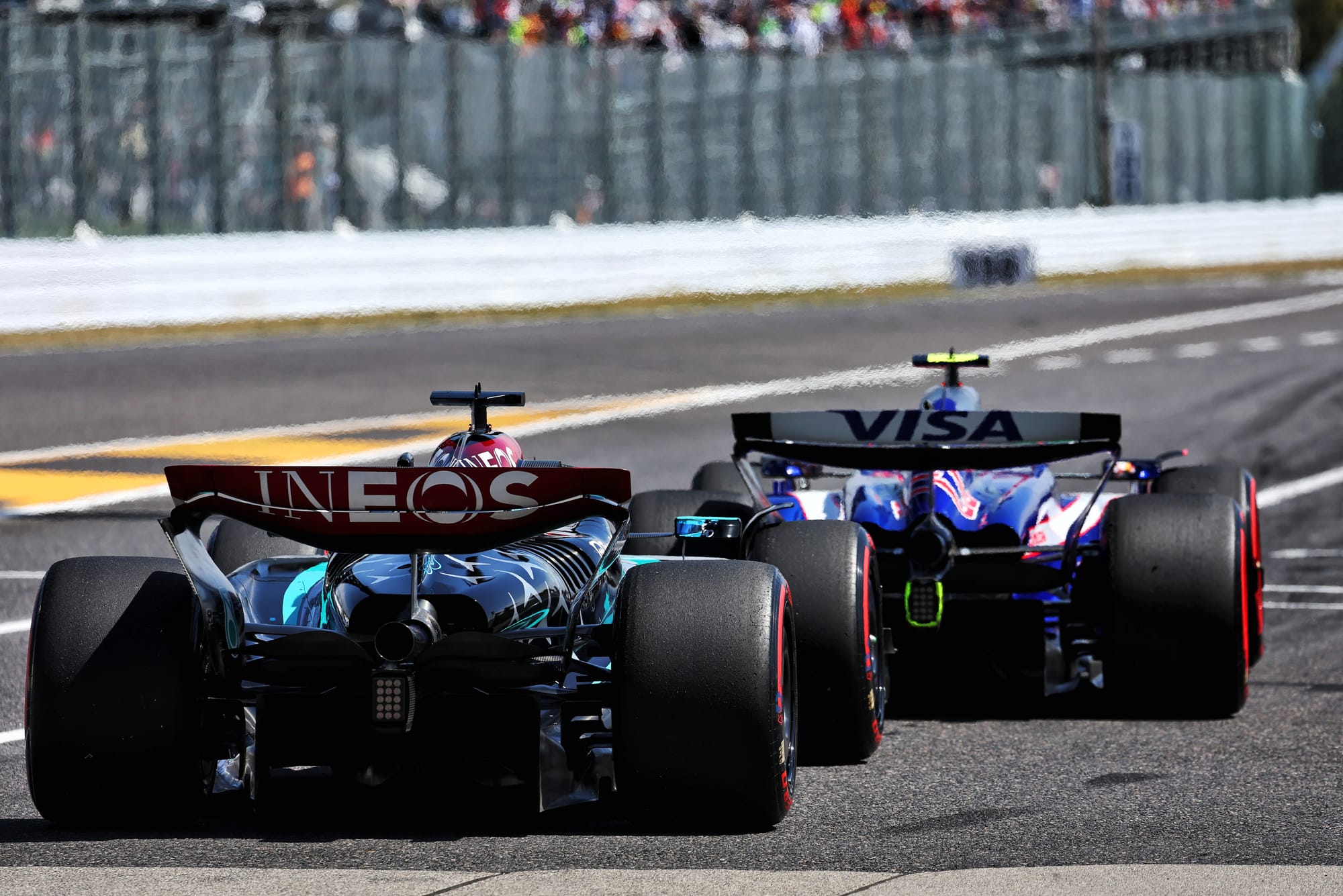
For me it was a bit of the same ol’, same ol’, started the sessions reasonably and didn’t improve as much as the others.
Lots of people seem to live on everything Hamilton says, this weekend it was that he was driving the best car he had ever driven since these regulations came into play, however when push came to shove the performance wasn’t there.
In qualifying he was 0.6s from pole, with Russell 0.8s off pole.
Running the alternative strategy didn’t help it but I don’t think a different strategy would have made much difference anyway. Comparing Sainz who did two stops to Leclerc who did one shows that there wasn’t much in it.
In the race Hamilton was 48s behind the winner which equals 0.9s per lap, Russell, 46s which to be honest is no different to Hamilton's deficit.
So in my humble opinion, the head-scratching in Brackley continues.
Hamilton won't be worried
Josh Suttill
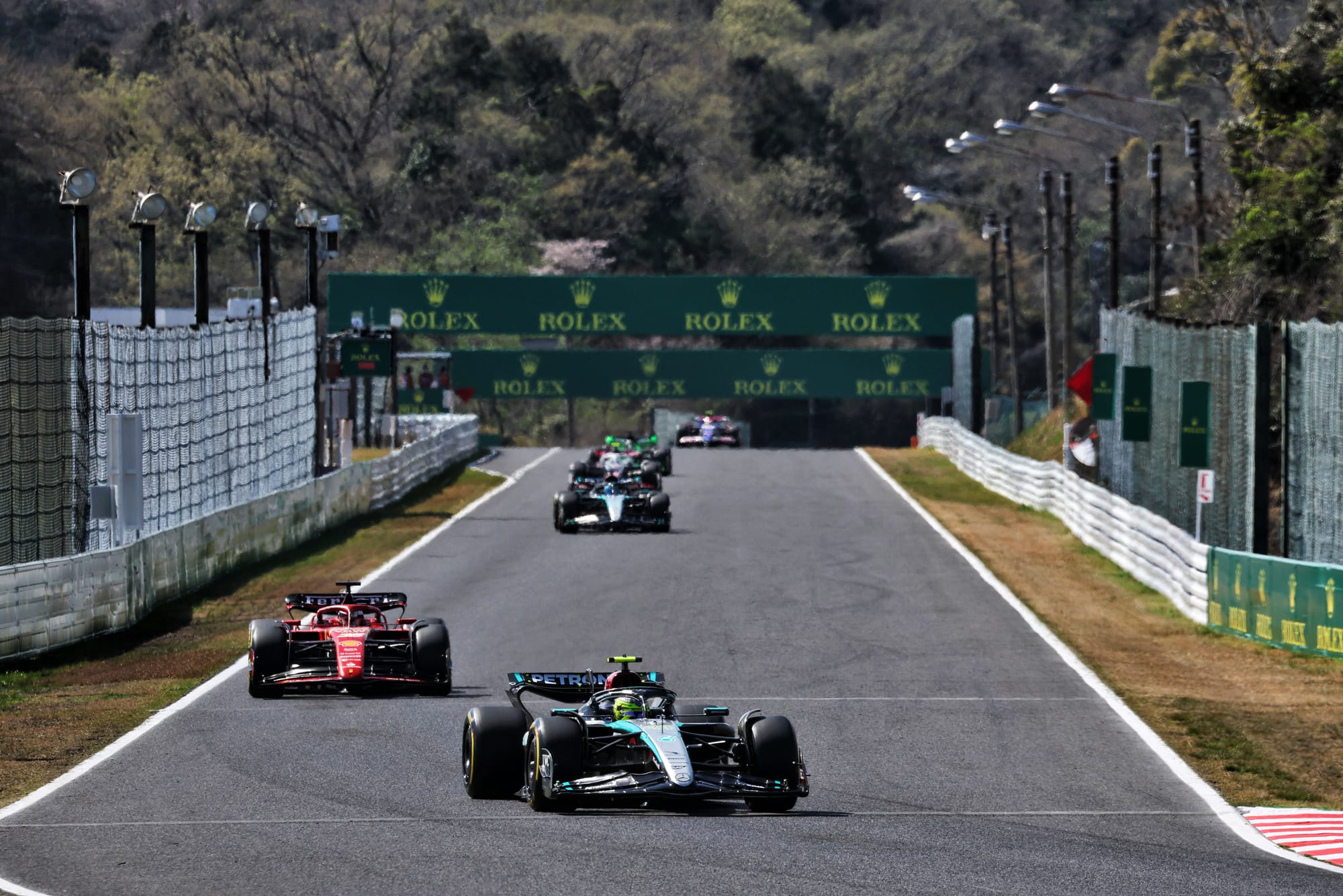
With every passing 2024 race weekend, Lewis Hamilton's bombshell move to Ferrari is looking smarter and smarter.
Ferrari has fixed its big race weakness, is now getting the big strategy calls right (far more often than Mercedes is) and has fully consolidated its position as F1's second-fastest team. It looks to genuinely be on a trajectory where it can threaten Red Bull on some tracks this year and that's a great platform for 2025.
Mercedes on the other hand is stuck in its 2023 cycle of bouncing between the front and back of that chasing pack every weekend. It's far from hopeless and no doubt will make progress, but it's hard to see it making it quicker than Ferrari - at least with these 2024 cars.
Through all of Mercedes' struggles, Hamilton can at least be pleased about how his future employer is progressing.
Hard tyre gamble was never going to pay off
Jack Benyon
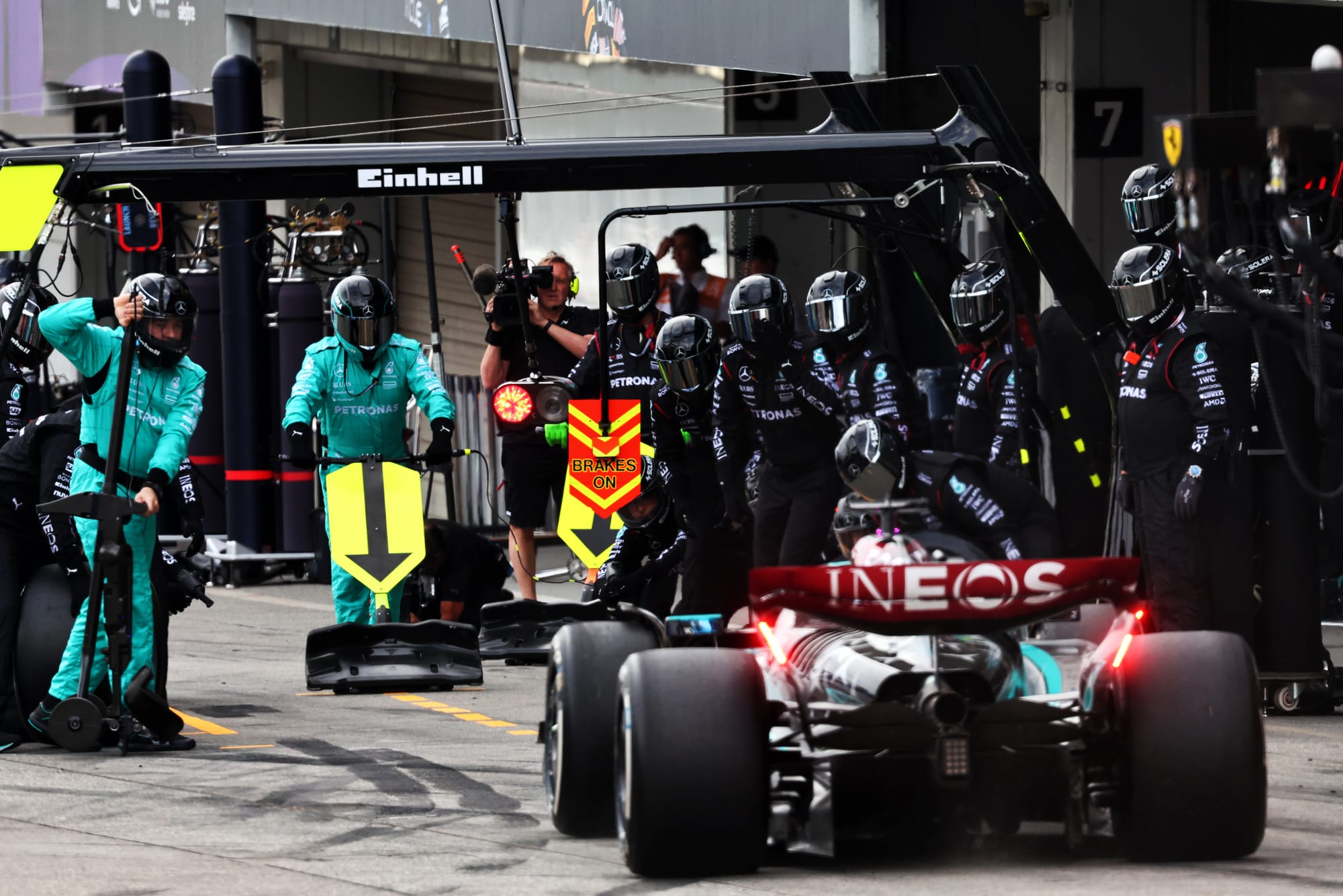
It never felt that Mercedes would have the pace to pull off the hard tyre strategy gamble.
It’s clear that Mercedes isn’t even operating as the best Mercedes-powered team now, given McLaren is pretty disappointed with its day and the reason for that is it lost a spot to Mercedes on the last lap with Oscar Piastri while fighting for a podium with the lead car of Norris, well up the road to Russell and Hamilton.
McLaren is 35 points ahead of Mercedes in third in the constructors’ standings after four races, a bigger gap than Red Bull has over Ferrari at the top.
Perhaps the hard tyre gamble came from a feeling of damnation that it doesn’t have the pace so it has to try something, and if so, fair enough.
But if it came from feeling like it had the pace to make it work, it looks to me like it would be better to accept its new role in F1 as a second-rate force that has a lot to do to make it back to the top.


